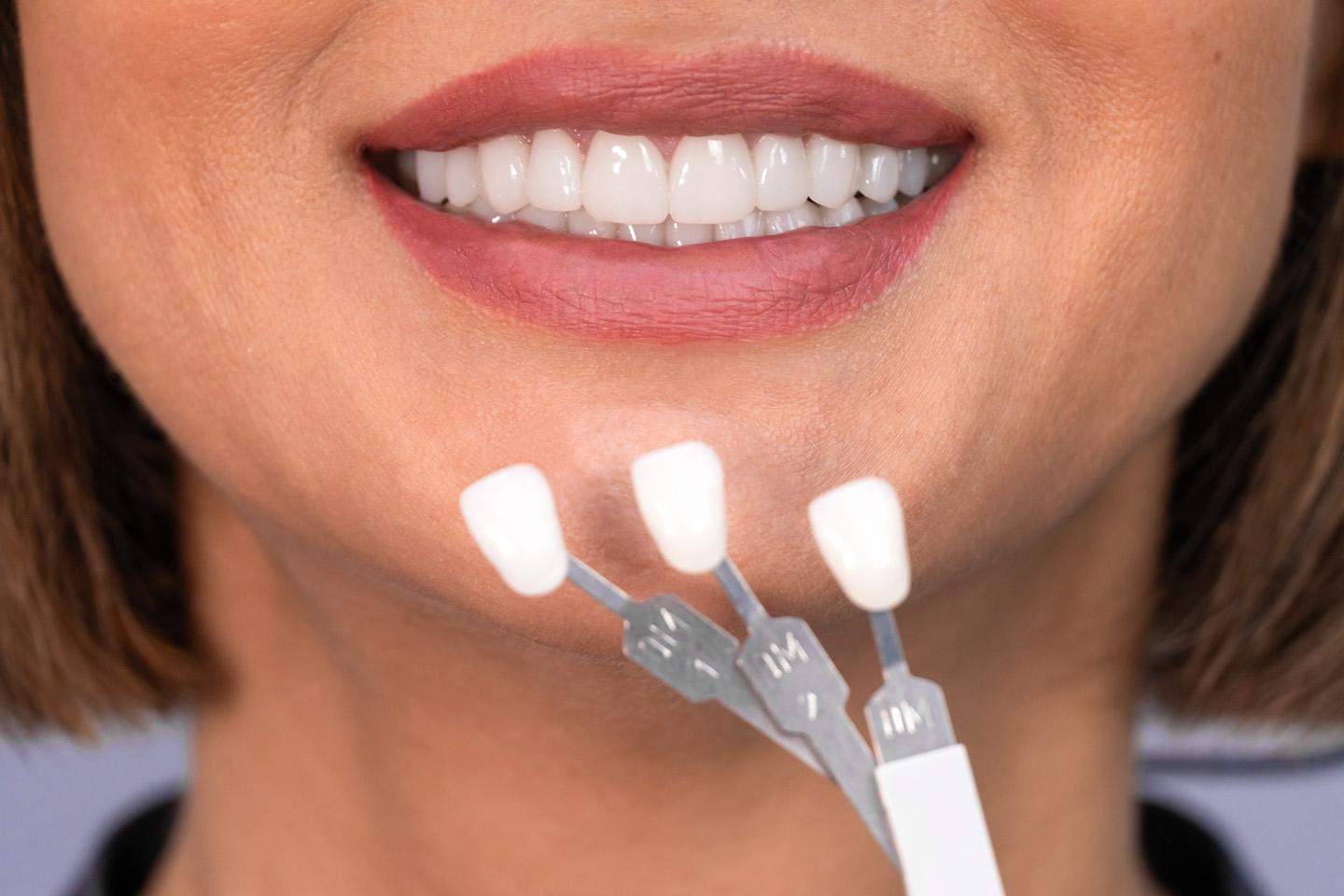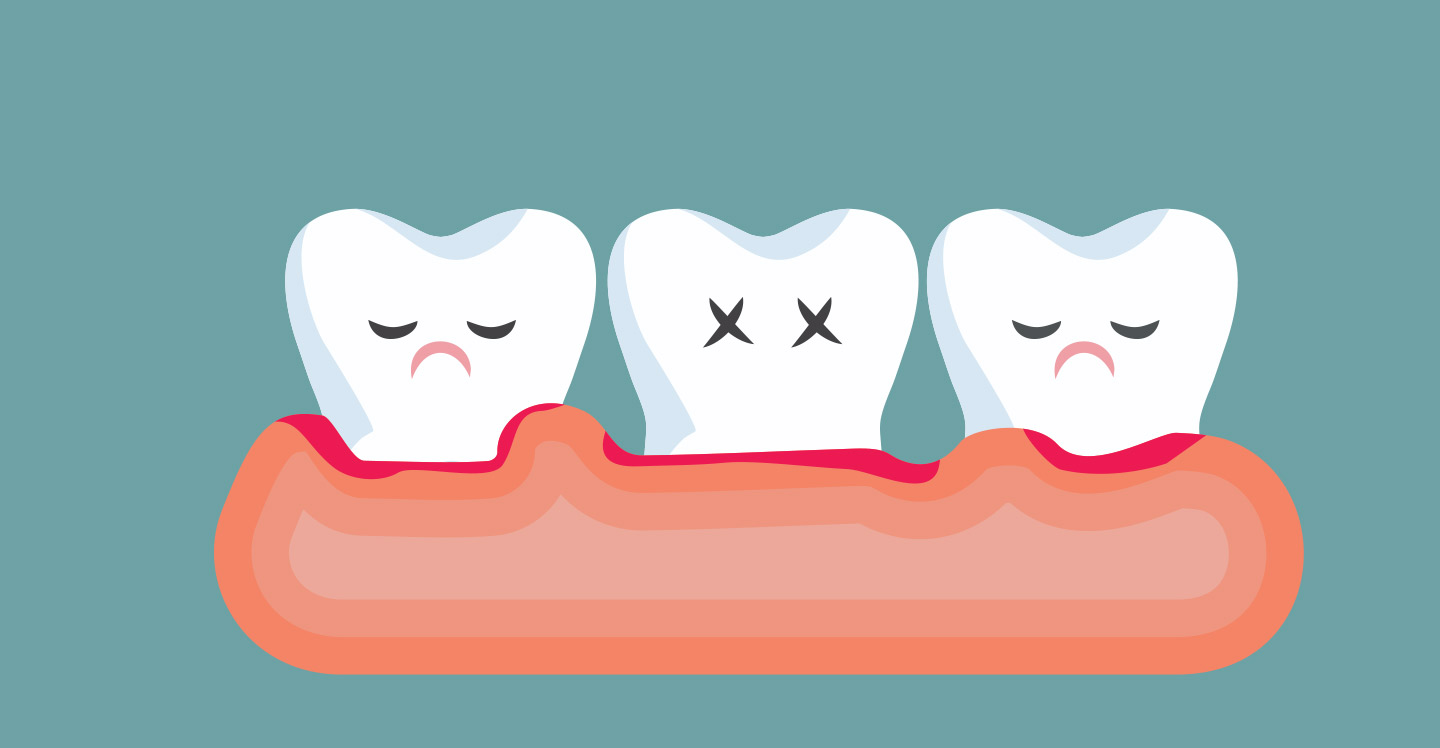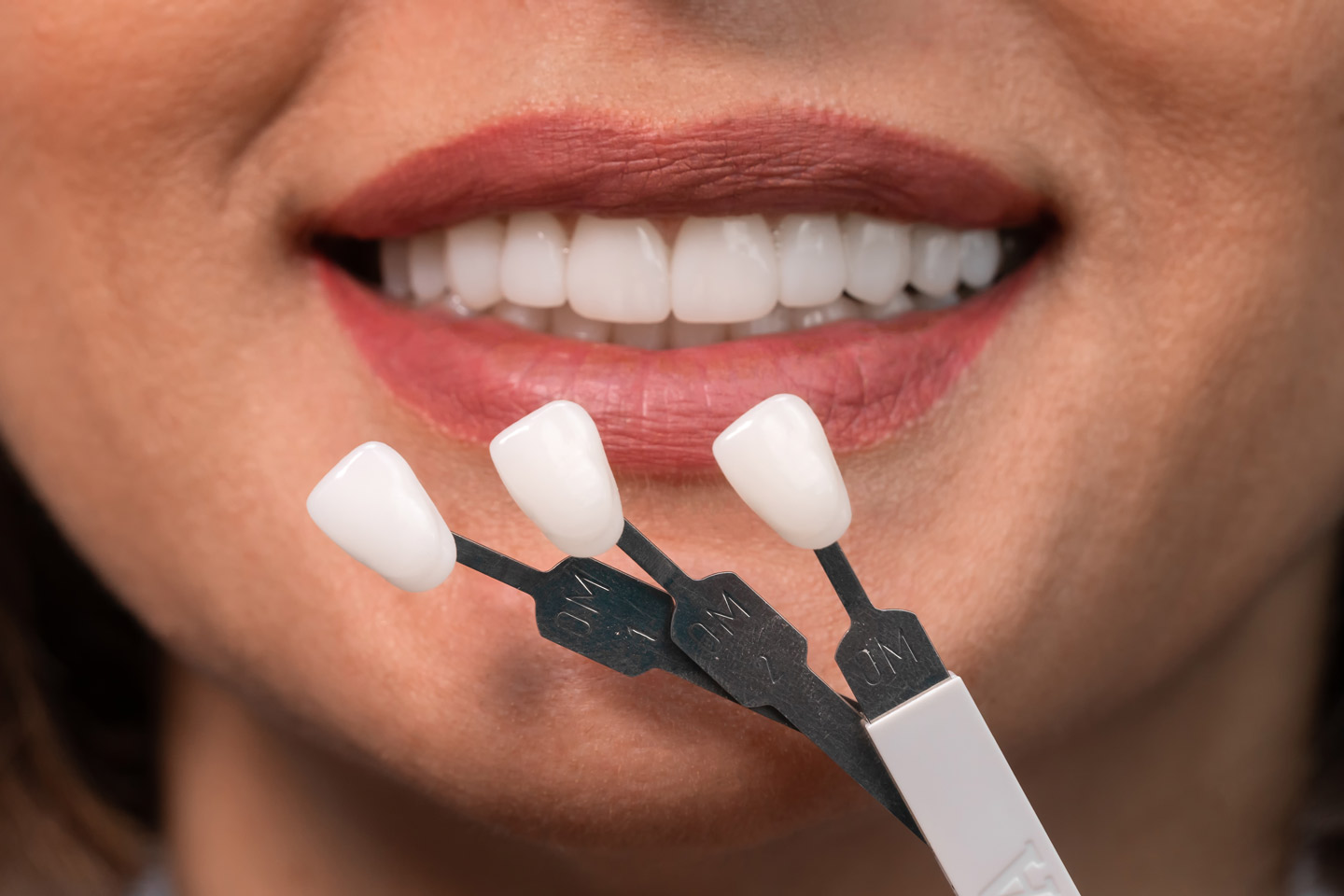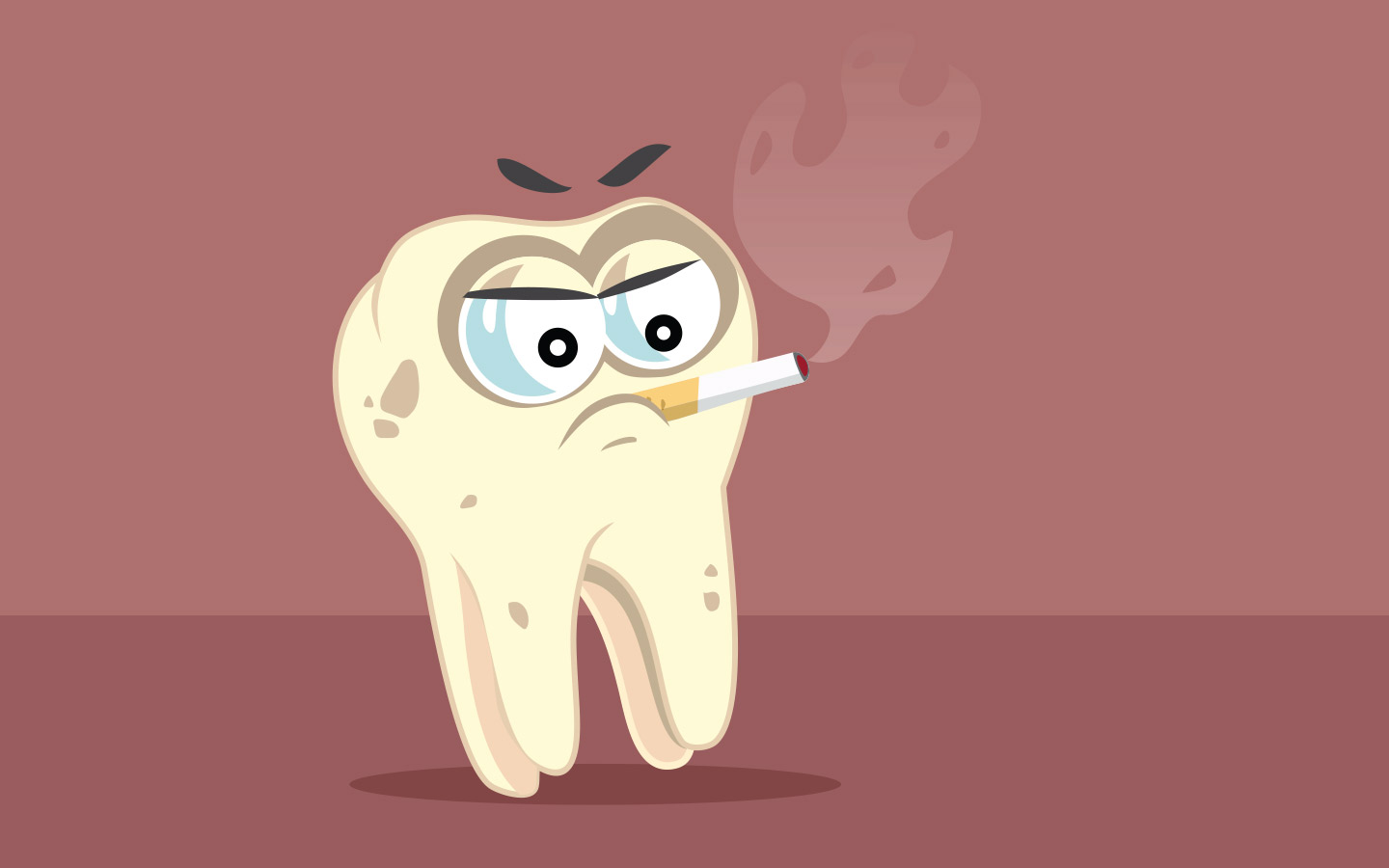What Do Teeth Look Like Under Veneers

Understanding Veneers: A Brief Overview
Veneers are ultra-thin shells, usually made from porcelain or composite resin, meticulously crafted to cover the front surface of teeth. Their primary purpose is to enhance the appearance of teeth by altering their color, shape, size, or length. While veneers bestow a stunningly natural look, the real teeth underneath may bear various characteristics.
The Composition of Natural Teeth
Before we explore the specifics of what teeth look like under veneers, let’s first understand the composition of natural teeth. A tooth comprises multiple layers, each serving a distinct purpose in maintaining dental health and function:
1. Enamel
Enamel, the outermost layer, is the hardest and most mineralized substance in the human body. Its translucent nature allows light to pass through, giving teeth their characteristic shine. Underneath the enamel lies the dentin.
2. Dentin
Dentin is a calcified tissue that makes up the bulk of a tooth’s structure. It is less dense than enamel but still plays a crucial role in tooth strength and support. Dentin contains microscopic tubules that connect to the tooth’s nerve, influencing sensitivity.
3. Pulp
At the core of the tooth is the pulp, a soft tissue that houses blood vessels, nerves, and connective tissue. The pulp provides nourishment during a tooth’s development but can be problematic if exposed due to decay or injury.
The Transformation: What Lies Beneath Veneers
Veneers are designed to enhance the aesthetics of teeth, and they achieve this by covering the visible portion of the tooth. However, the underlying teeth are not drastically altered, as veneers are thin and do not significantly change the tooth’s structure.
1. Color Enhancement
One of the primary reasons individuals opt for veneers is to achieve a whiter smile. Veneers can effectively mask discolorations and stains, giving teeth a uniform, brighter appearance. The natural color of the underlying teeth, though not the focus, might still influence the overall effect.
2. Alignment and Shape
Veneers can correct minor misalignments and reshape teeth. Underneath veneers, the teeth may have slight imperfections that are now hidden from view. These imperfections, while not visible, still contribute to the tooth’s overall integrity.
3. Size Alteration
Teeth that are disproportionately small or have uneven lengths can be transformed with veneers. While the veneers create an even surface, the natural teeth underneath maintain their original size, albeit with minimal reductions to accommodate the veneer.
The Verdict: A Harmonious Blend
The beauty of veneers lies in their ability to seamlessly blend aesthetics with the natural characteristics of teeth. When you look in the mirror and admire your veneer-enhanced smile, you’re witnessing a harmonious collaboration between artistry and biology.
Maintenance and Care
To ensure the longevity of your veneers and the health of your underlying teeth, proper dental hygiene is paramount. Regular brushing, flossing, and routine dental check-ups are essential. While veneers are resilient, the teeth underneath remain susceptible to decay and gum issues.
Conclusion
In the pursuit of a radiant smile, veneers offer a gateway to confidence and self-assuredness. While they work wonders in transforming your appearance, it’s essential to remember that the teeth under veneers are not forgotten; they form the foundation of your stunning smile.




